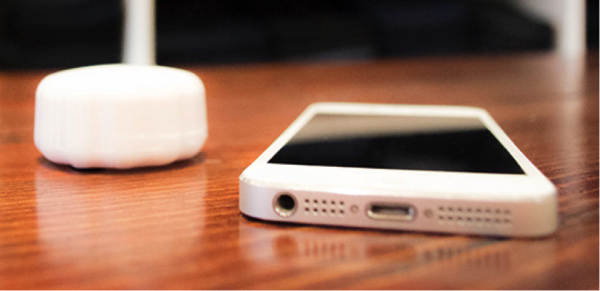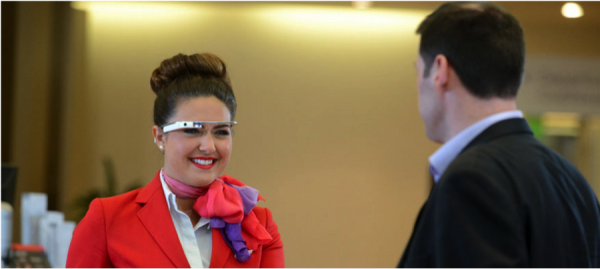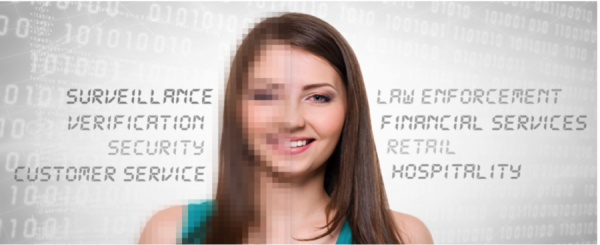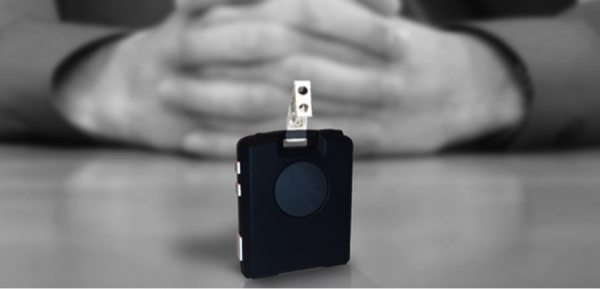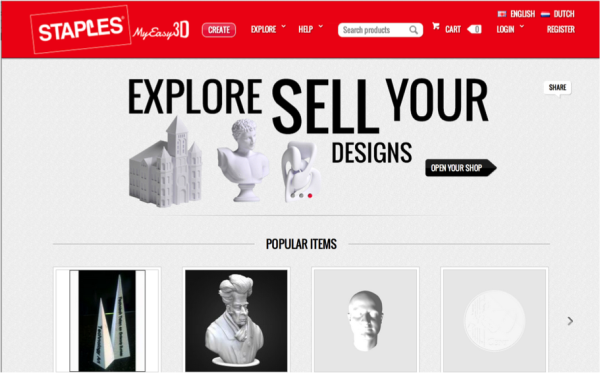New technologies are helping retailers increase customer engagement, support staff performance, and bring data richness to in-store customer analytics. For example: have you ever wondered what areas of your store get the most foot traffic? Do you wish you could push relevant promotions and recommendations to customers based on their purchase history while in your store? Or have you ever wanted to beam instructions to a sales associate suddenly faced with an unhappy VIP client?
Here are 5 technologies giving retail leaders the power to meet those tough retail challenges head on:
Beacons and iBeacons
Swirl, Estimote, SonicNotify, and Urban Airship offer integrated beacon solutions
Beacons (or iBeacons) are small transmitters using Bluetooth Low Energy (BLE) that communicate with connected devices. Applications range from customer experience management to store layout optimization. Using Beacons, store employees can do things like judge the proper time to approach an individual store guest by tracking their time spent at a product wall. Similarly, collecting analytics on popular spaces in-store over time allows retailers to quickly A/B test their store layouts.
Macy’s deployed Beacons in two stores in late 2013 in collaboration with Shopkick, a location-based app that awards points to customers for physically visiting stores or scanning merchandise. American Eagle deployed beacons in 100 of its stores in January of this year. Other deployments that integrate with Shopkick are slated to occur in whole host of other large retailers including Target, The Sports Authority, Crate and Barrel, and Old Navy.
From more granular customer analytics to increased engagement, beacons promise to make retail spaces and the people who run them smarter and more connected than ever.
Augmented Reality + Smart Glasses
Virgin Atlantic uses Google Glass to offer VIP passengers better service
Combining smart glasses with augmented reality promises increased efficiency in inventory management, more consistent staff training, and increased process compliance. Active Ants, a fulfillment operation out of the Netherlands, increased efficiency by 15% and decreased error rates by 12% after outfitting its stock pickers with Google Glass. Large format retail stores could benefit by implementing this technology to keep shelves orderly and manage in-store inventory.
Virgin Atlantic has taken a step in regard to the last application, using Google Glass outfitted with facial recognition software to help Heathrow airport concierges better serve upper class passengers. According to Virgin, the trial proved so successful that they will “productionise” the use of Glass. Enterprise use of smart glasses and augmented reality has the potential to usher in a new retail era, ensuring consistent brand communication across touchpoints, along with a higher level of performance support.
Facial Recognition: The Next Frontier
Neoface by NEC IT systems offers real-time face recognition for retail environments
Some retailers already use facial recognition as a loss prevention tool, comparing store visitors with known problem guests. However, facial recognition software presents extensive opportunities for serving customers. Retailers can use facial recognition to search out VIP clients and push purchase history along with personalized recommendations to sales floor staff.
Another customer management application of this technology on the sales floor is using software to interpret the emotional state of customers. Companies like Realeyes do emotional response testing by analyzing the facial expression of participants. Once the technology is operational in real time, retailers—especially large format retailers—could deploy sales staff to customers who display some sort of negative affect. How could your business benefit by knowing exactly who your customers are and what they’re feeling?
Wearables
Theatro Wearable Computer is used by The Container Store to keep employees in touch
Many kinds of wearables hold promise for the enterprise space. Imagine being able to track performance of the sales floor staff or being able to deploy training exercises via smartwatch. The Container Store is one of the first retail stores using wearables to support its sales staff. Earlier this year, they rolled out a pilot program to 35 employees at their Austin store using the Theatro Wearable Computer.
This wearable replaces a clunky walkie-talkie with a sleek device that uses the store’s wireless network to transmit audio signals. Staff can receive previously recorded messages and use voice commands to locate other associates. Already, the company has seen a 30% increase in the volume of directed communication with a 60% decrease in the number of messages everyone hears. In other words, people are hearing the messages that are relevant to them without having to listen to everything else.
Wearables are powerful tools that can help collect information on how your team is performing and offer them help when they need it.
3D printing
Staples 3D marketplace gives visitors a way to share and sell 3D-printable files
Any retailer that is interested in offering a tangible piece of the brand experience to a customer may want to invest in an on-site 3D printer. For example, home improvement associates could become partners in customer projects, printing out 3D models of proposed improvements to help customers visualize their spaces and get buy-in from family members. For consumer electronics stores, offering 3D printed mobile accessories would engage customers, by giving them ownership of the creative process.
Staples and UPS now have 3D printing services. Staples has opened two experimental 3D printing locations, one in Los Angeles and one in New York. Primarily positioned as community outreach and education, it also gives Staples a hi-tech halo, imbuing the Staples brand with a more cutting-edge image.
How do you see these new technologies impacting your retail business?
BeyondCurious uses our expertise in in-store digital to help large enterprises disrupt themselves before they get disrupted. Learn more about how we help businesses innovate here.

